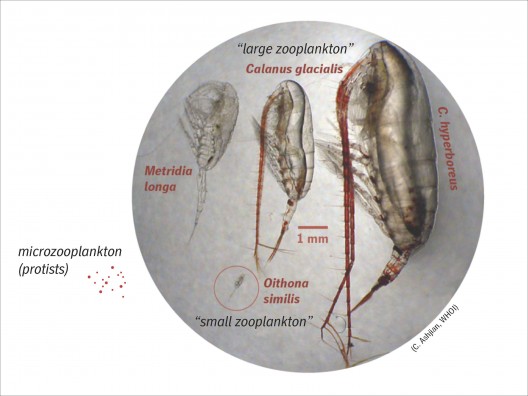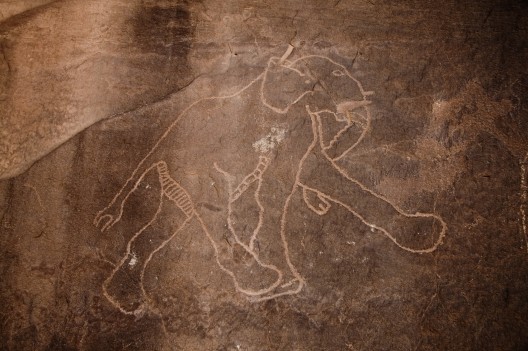Earth Day, April 22, marks a time for the world to celebrate and demonstrate support for a healthy environment. In appreciation for nature and its importance for our own health and well-being, people all over the world come together to plant trees, coordinate recycling drives, and share the most equitable and sustainable ways to steward our environment.
From my point of view, at the College of the Environment, every day is Earth Day! A hallmark of our research is that we think of the Earth as an integrated system where the atmosphere, oceans, land and humans are inextricably linked. And, just as Earth Day gatherings often invite us to “think globally, act locally,” our researchers think across scales from local to global, studying the soils, plants, animals, water and air, in order to understand the Earth as a dynamic, connected, and living system. We call this integrated approach Earth system science.
As you might suspect, Earth system science is a highly collaborative endeavor. Our scientists are particularly adept at crossing disciplinary boundaries to create new and useful knowledge. Examples are numerous and range from studying the effects of climate variability on salmon populations, the relationship between air pollution in the Northern Hemisphere and drought in Africa, to the ways in which changing atmospheric and oceanic chemistry affect biology and food webs.

The work of Neil Banas, a research scientist at the Joint Institute for the Study of the Atmosphere and Oceans, exemplifies the latest generation of Earth system science scholars. As Neil puts it, he studies how climate influences fish food. He is particularly interested in how the highest quality fish food, i.e., fat-rich zooplankton, might change in abundance as sea ice melts and ocean waters warm in the Bering Sea. Neil’s models help us understand what factors govern the high year-to-year variability of the commercially important pollock fishery. In the long-term, the work of Neil and his colleagues do is critical to forecasting how climate change will affect the marine food web in the Arctic.
Abby Swann, an assistant professor in both Atmospheric Sciences and Biology, also takes a cross-scale and networked view of the Earth. I was recently able to sit down with Abby and learn how she parses out the influences of atmospheric dynamics on the form and function of our forests. Importantly she is asking the converse as well—how do plants themselves influence large-scale patterns of atmospheric circulation? The results can be surprising. In a recent paper, Abby and her co-authors demonstrate how, 6,000 years ago, the changing forest patterns in Europe affected atmospheric circulation such that precipitation in the Sahara desert increased enough to support a savanna ecosystem complete with elephants, giraffes and flowing rivers teaming with fish.

Research like Neil’s and Abby’s exemplifies the culture of Earth system science: bringing together teams of people with different disciplinary expertise in order to understand how landscapes, waters and atmosphere interact. Through such work we can knit together a more complete picture of the intricacies of our planet, and develop tools and insights to better steward our natural resources. Celebrating these connections is what Earth Day is all about, and the College of the Environment advances our knowledge of these connections every day.
![]()
Lisa Graumlich
Dean, College of the Environment
Virginia and Prentice Bloedel Professor

